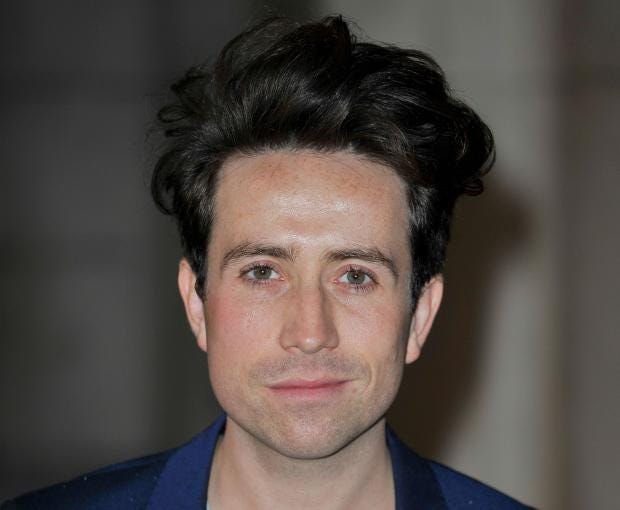Capital FM : 'The UK's No1 Hit Music Station'.
Capital FM is very popular among young people, focusing their playlists on pop, chart music. I wanted to research into key conventions of a typical Capital FM show on Friday evenings so I could get a strong idea of what my target audience enjoys.
Their schedule on Fridays at 7pm-10pm is hosted by Marvin Humes. He was apart of the popular boyband, JLS, and is very iconic within this target audience. The Capital FM website states that this segment is "the official start to the weekend! Marvin has the biggest club anthems and ultimate throwback tunes to take your house party to another level!" This segment includes the house music genre which is very popular among my target audience and the sort of music I wish for my radio show to have.
I listened to part of his segment and there was avid use of the Capital FM stingers and jingles between songs, which is a key feature that I also want to reiterate frequently. There was less topical discussions to what I expected, and instead, lots of songs being played with small introductions. This is quintessential to the scheduling time I believe, where the audience would prefer to listen to lots of music, rather than interesting chats, so I need to incorporate a small amount of phatic talk in my show to keep the audience interested. However, the introduction was a long as I expected with an upbeat, fast paced introduction and general starting chatter.
From researching into another radio show that is popular within the younger target audience, I understand that I need to produce a quick, upbeat and fun segment that is well enjoyed by all. Focusing mostly on well-known pop artists, I can aim for a broad audience. I need to include lots of my stingers and jingle to ensure a brand identity and ones that can act as a discourse marker, to show a shift in the show. This is important to separate my smaller segments and keep the show flowing quickly yet smoothly.






